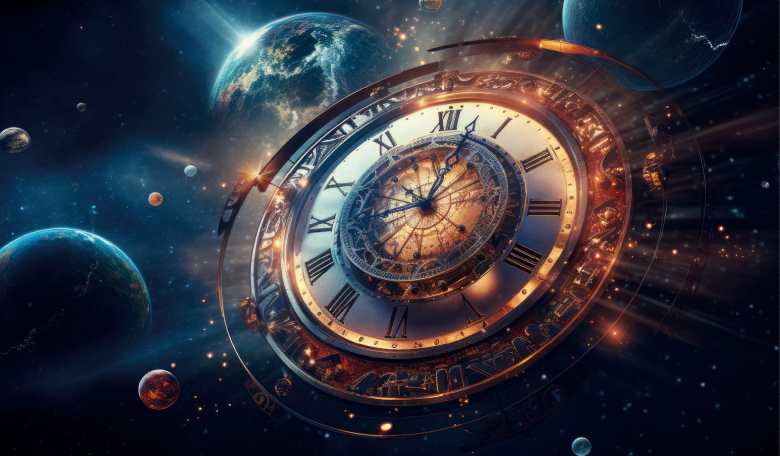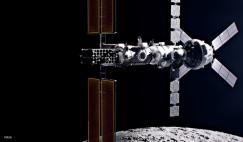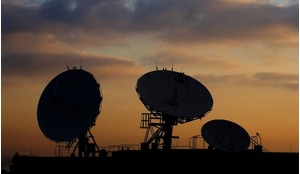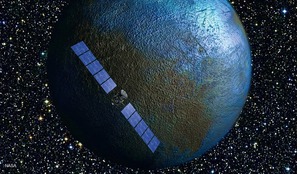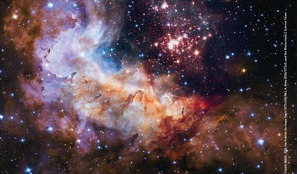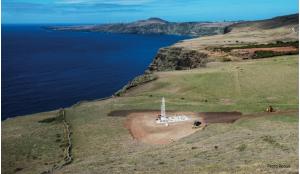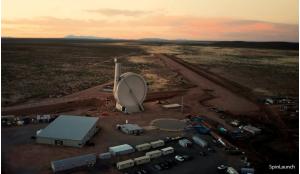The coming decade will witness an increase in missions to the Moon and its vicinity, both crewed and robotic, not only from the US but from China, India and other nations. But how will they set their clocks to allow seamless coordination of their various planning, navigation and operational activities? Here, the author proposes the introduction of a lunar linear time zone.
The subject of space exploration and industrialisation has seen many challenges, and many problems have already been solved, but there are always more to solve for the future.
For example, in this author’s opinion, none of the terrestrial analogue calendars in use today (of which there are about 40) make practical sense for the strategic purposes of celestial navigation and astrodynamics.
In an attempt to rectify the situation, and in collaboration with Asgardia the space nation, which was formed in 2016, I have developed an astrocentric, fixed-standard, 13-month reference calendar. This was first introduced in an article for ROOM [#21, Autumn 2019] entitled “Asgardia’s calendar and its role in space industrialisation strategy”.
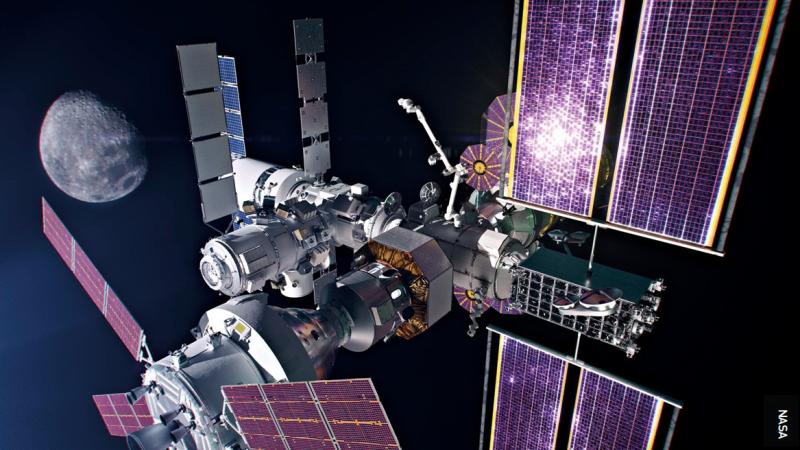 An artist’s impression showing the full configuration of NASA’s lunar gateway.
An artist’s impression showing the full configuration of NASA’s lunar gateway.
In the coming years, as part of the Artemis programme [see box on page 89], NASA plans to send astronauts to the Moon and create a scientific base on the Moon for future missions to Mars. In 2023, China announced its intention to send its first manned mission to the Moon by 2030, and India announced similar plans by 2040.
With the increase in missions to the Moon and its vicinity, it is now time to address the issue of time itself; put simply, what time is it on the Moon?
The importance of time
Without the introduction of a single time standard, in particular on the Moon, but also more generally in space, it may be difficult to ensure the security of data transmission between spacecraft
We have only to consider how important the measure of time is here on Earth, not only for ensuring that trains leave ‘on time’, but also for the coordination of the financial industry (using signals transmitted by global positioning satellites, for example). On Earth, most clocks and time zones are standardised according to Coordinated Universal Time (UTC), which is based on a network of atomic clocks located in different parts of the world.
Without the introduction of a single time standard, in particular on the Moon, but also more generally in space, it may be difficult to ensure the security of data transmission between spacecraft and the synchronisation of communications between Earth, lunar satellites, bases and astronauts.
Time discrepancies may also lead to errors when working with cartography and ‘geolocation’ on the Moon itself and in lunar orbit.
Given the forthcoming developments under its Artemis programme, the US government has therefore instructed NASA to develop a unified time standard for the Moon and other space objects. Kevin Hawkins, head of NASA’s space communications and navigation department, draws a figurative analogy between an atomic clock at the US Naval Observatory that synchronises all processes on Earth and the living “heart of the nation”; he wants to hear the same lively “heartbeat” of Earth’s atomic clock on the Moon.
Now that the development of lunar navigation has entered a crucial phase, it is necessary to create a new ‘cosmic world schedule’, similar to US president Woodrow Wilson’s 14-point ‘blueprint’ for world peace of 1918.
This, and so many other terrestrially-based plans effectively became obsolete with the advent of the Space Age on 4 October 1957. In the same way that a world transport schedule was adopted in 1918, we need a unified, global space digital-transport schedule that will be used by railways, shipping, aviation, highways and space activities on the basis of a universal reference standard ‘IT-calendar’.
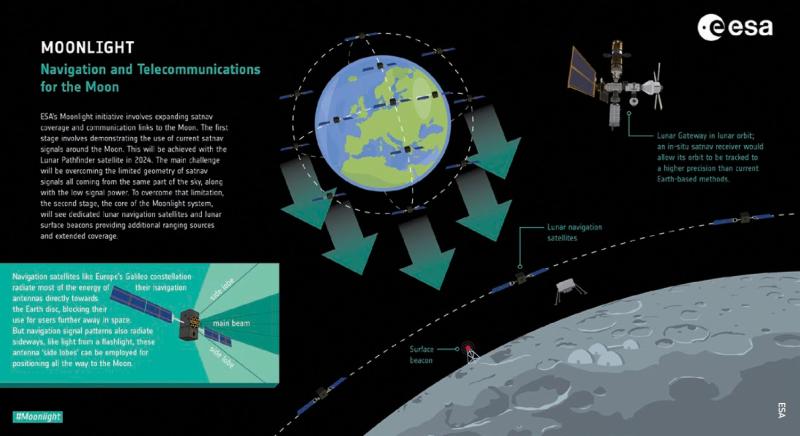 Graphic illustrating ESA’s ‘Moonlight’ project for which a lunar time zone would be advantageous.
Graphic illustrating ESA’s ‘Moonlight’ project for which a lunar time zone would be advantageous.
Proposal
None of the terrestrial analogue calendars in use today make practical sense for the strategic purposes of celestial navigation and astrodynamics
In my work, I have synchronised the lunar time zone with all the 24-hour zones of the Earth and combined the time on Earth and on the Moon into a single system based on atomic clocks and the Greenwich meridian as the zero line of longitude [https://calendar-morozov.space/en.html].
The Moon makes one revolution around the Earth in the same time that it takes to revolve once on its own axis. Therefore, the lunar time zone has a ‘zoning coefficient’ (ZC) of 1:1=1, which means time on the Moon is ‘linear’.
The Earth crosses all 24 time zones during one revolution around its own axis (that is, in one full day) so the ‘zoning coefficient’ of the Earth is 1:24=1/24. Therefore, time on Earth is regarded as ‘circular’.
In practice, it will be more convenient to carry out all basic navigation calculations when working on the Moon in units of a single ‘absolute’ or ‘effective’ linear lunar time, and then convert it to ‘circular’ time on Earth, according to one or another of the time zones of Earth.
This is important, because the Moon is seen as the ‘jumping off point’ for the main production activity of any new space civilisation. Indeed, one day, the Moon and its satellites at Lagrange points L1 and L2 are expected to be symmetrically connected to the Moon by space elevators, providing two extremely interesting foci for mass colonisation of the lunar environment.
In practice, it will be more convenient to carry out all basic navigation calculations when working on the Moon in units of a single ‘absolute’ or ‘effective’ linear lunar time, and then convert it to ‘circular’ time on Earthconvenient
For example, when visiting the Moon, both from Earth and from outer space, it would be more convenient for spacecraft to dock with platforms located at these libration points than to carry out an energy-intensive and often quite difficult landing directly on the lunar surface. The same logic applies when leaving the Moon.
At the Lagrange points L1 and L2, it will be useful to place the production assembly of all spacecraft and stations of any size without limiting their mass. This opens up the possibility of building huge starship cities.
By extension, in space, it will also always be more convenient to have the same ‘linear’ lunar time on all its objects, including not only in the Earth-Moon system itself, but also on Mars, Venus, etc. Such a time zone system would completely eliminate any navigation errors and related incidents based on time.
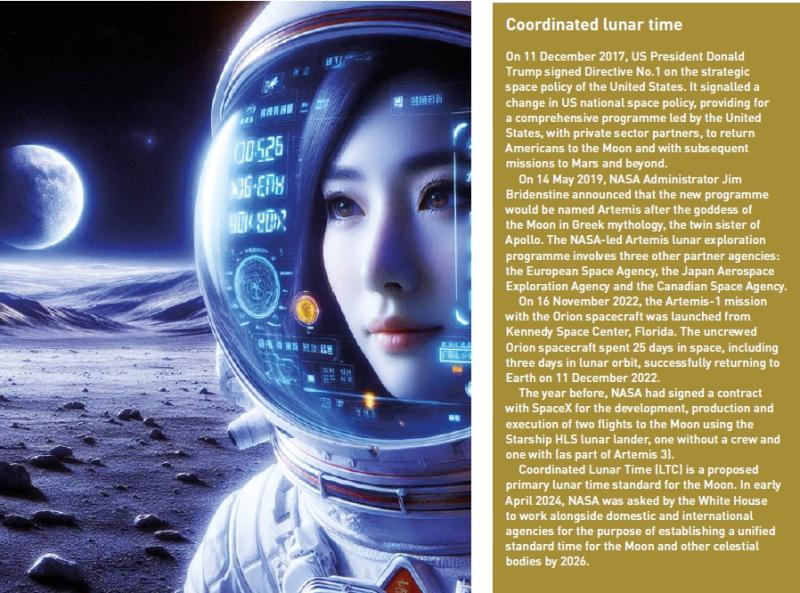 China is among the lead countries seeking to place its own astronauts on the lunar surface by the end of the decade.
China is among the lead countries seeking to place its own astronauts on the lunar surface by the end of the decade.
About the author
Sergei Lvovich Morozov, MD, graduated from the University of Izhevsk in 1976 and from the Moscow X-ray Radiological Institute of the Ministry of Health in 1985, from the Finance Academy of Russia in 2002, and completed doctoral studies in Central Economics and Mathematics at the Russian Academy of Sciences in 2016. Morozov was chairman of the board of Elbimbank (1990-2000), adviser to the Secretary General of the EurAsian Economic Community (2005-2008), a senior research fellow at the National Development Institute of the Russian Academy of Sciences (2017), a Member of the first and of the second Parliament of Asgardia (2018, 2022) and associate research fellow at the Sergey Vavilov Institute for the History of Natural Science and Technology, Russian Academy of Sciences (2023).





